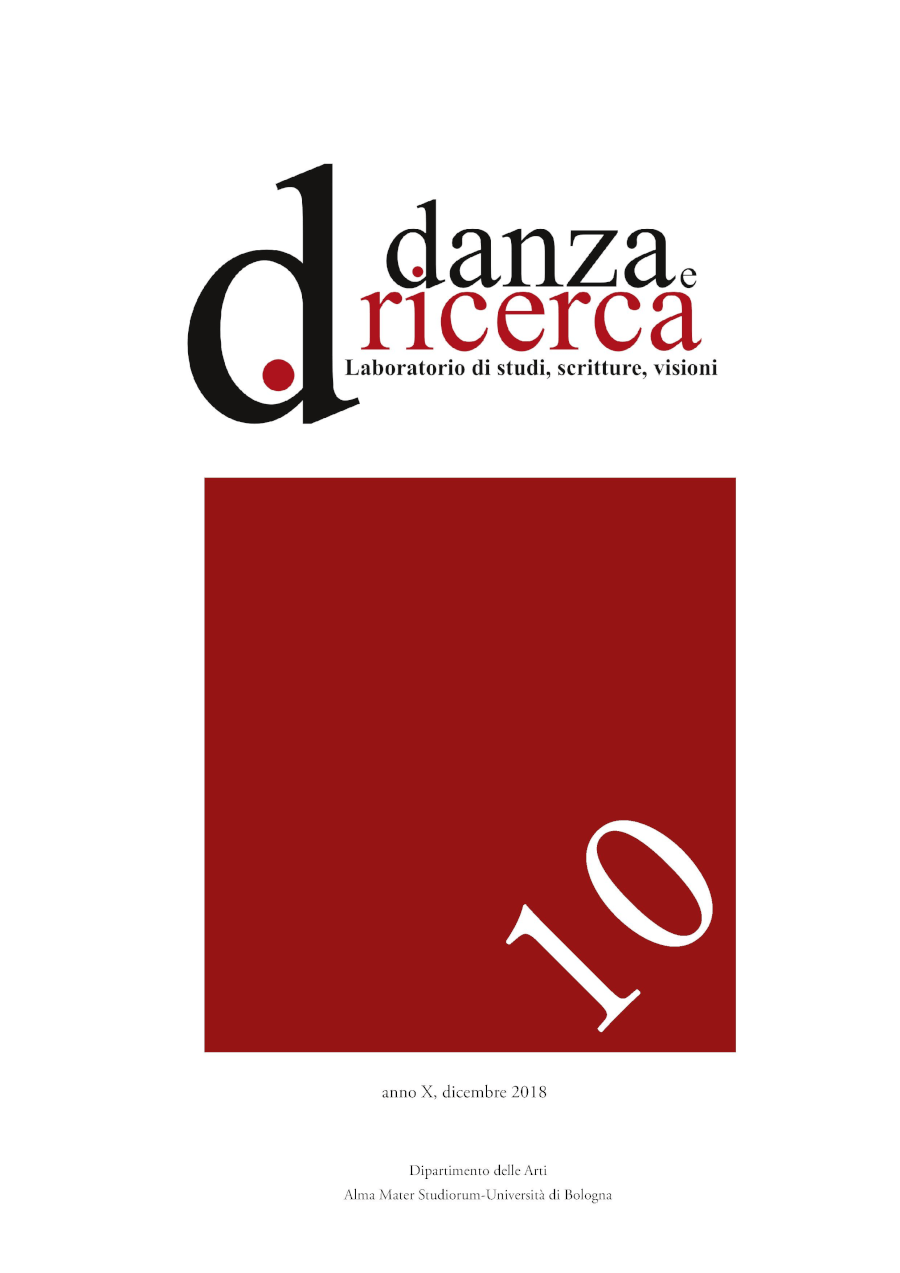La creatività motoria dei bambini in ambienti musicali “riflessivi”. Uno studio sperimentale con il test Thinking Creatively in Action and Movement (TCAM) e la Laban Movement Analysis1
DOI:
https://doi.org/10.6092/issn.2036-1599/8661Abstract
This article introduces an experimental study concerning the children’s motor creativity and the MIROR platform, which was implemented in the framework of the MIROR-Musical Interaction Relaying On Reflexion. (ICT-FP7), based on the “reflexive” technology. The reflexive interaction paradigm refers to a particular kind of human-machine interaction based on the mechanism of repetition and variation. We used one of the applications of the MIROR platform, the MIROR-Impro, ables to imitate the styles of the user which is playing an instrument. According to the embodied cognition perspective, our aim was to investigate whether and how the reflexive interaction with the MIROR-Impro can enhance creative processes and the children abilities to improvise in dance education. The study was conducted in two classes of an Italian primary public school, with 47 children aged 7 to 8. We adopted an experimental design involving two groups, experimental (23 children) and control (24 children). Both groups took part in several musical and dancing activities in the classroom with a keyboard (control group) or with the keyboard and MIROR-Impro (experimental group). Before and after the activities, we measured the children motor creativity by using the Thinking Creatively in Action and Movement (TCAM) test, developed by Torrance (1981).Results revealed no significant differences between the results obtained in the TCAM test by the control and the experimental group in the pre-test. Relevantly, in the post-test there was a significant difference between the two groups. In particular, and in line with our hypothesis, there was an increase in the creativity scores of the experimental group with respect to the control group.Downloads
Published
2018-12-31
How to Cite
Addessi, A. R., Anelli, F., & Maffioli, M. (2018). La creatività motoria dei bambini in ambienti musicali “riflessivi”. Uno studio sperimentale con il test Thinking Creatively in Action and Movement (TCAM) e la Laban Movement Analysis1. Danza E Ricerca, 10(10), 273–302. https://doi.org/10.6092/issn.2036-1599/8661
Issue
Section
Studies
License
Copyright (c) 2018 Anna Rita Adessi, Filomena Anelli, Marina Maffioli
Copyrights and publishing rights of all the texts on this journal belong to the respective authors without restrictions.
This journal is licensed under a Creative Commons Attribution-NonCommercial 4.0 International License (full legal code).
See also our Open Access Policy.





